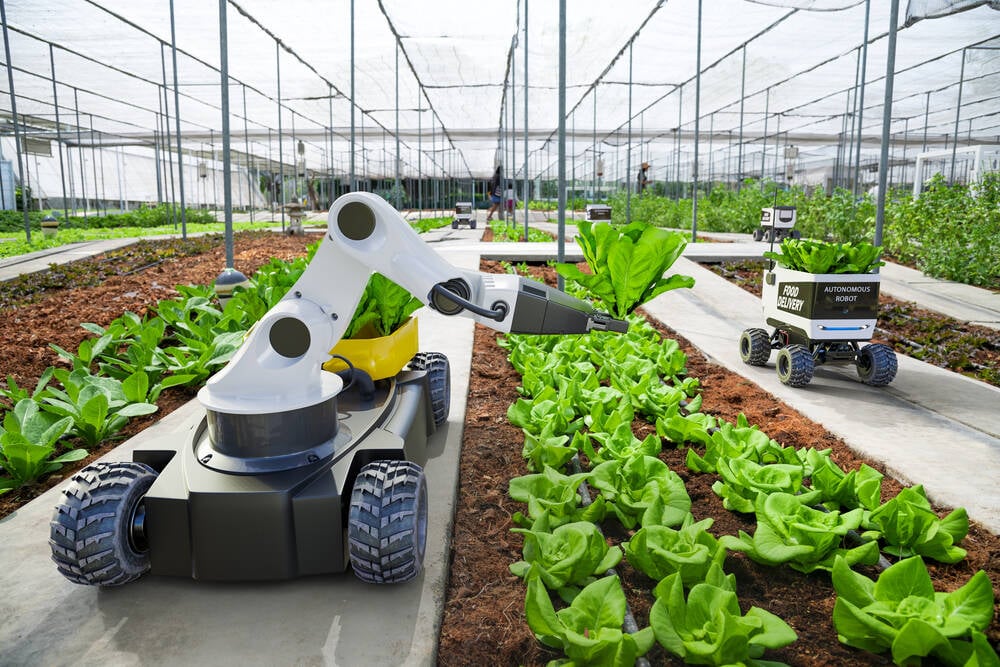A national vision for agri-food innovation

Late last year, several nationally based reports were released on innovation in Canada’s agri-food space and what it needs to flourish.
Read Also


Scaling agriculture technology takes coordination
Agriculture technology in Canada could use more coordination, funding and people connections.
All reports came to the same conclusion: there is great interest in agricultural innovation in Canada, but there is a disconnect between innovators, farmers and funders.
Canada has long been a global leader in agricultural production. Our natural resources, climate and geography give us advantages many others don’t have. Canada is also a top 10 global spender in agricultural research, notes Bloomberg, and the agri-food system is a significant pillar of the national economy.
According to Agriculture and Agri-Food Canada statistics, agriculture and agri-food from gate to plate employed 2.3 million people, provided one in nine Canadian jobs and generated approximately seven per cent (about $150 billion) of the nation’s Gross Domestic Product in 2023.
The problem? Despite its resources, strength in primary production, and agricultural research investments, Canada lags when it comes to bringing innovation to market, not even cracking Bloomberg’s global top 20 list.
The Arrell Food Institute at the University of Guelph, in partnership with the University of the Fraser Valley’s Food and Agriculture Institute, and Bioenterprise Canada recently released comprehensive national reports on what it will take to unlock Canada’s agri-food potential.
Both refer to the much-lauded Barton Report released in 2017 that has largely faded from the agri-food sector’s memory in recent years. Named for Dominic Barton, chair of a federal advisory council on economic growth, the report included a comprehensive set of recommendations designed to increase annual agri-food exports to $75 billion a year by 2027.
Both the Arrell and the Bioenterprise reports are based on extensive consultation with agri-food innovation stakeholders nation-wide, including entrepreneurs, inxvestors, government and ecosystem partners like academia, accelerators and innovation support organizations.
Perhaps not surprisingly, both reports come to similar conclusions. Greater collaboration and connectivity are needed to bring innovators, entrepreneurs and ecosystem partners together; along with centralized resources and mentorship to support commercialization and entrepreneurship training, better access to investment and funding, and a more streamlined and responsive regulatory system.
Interestingly, many of these were also part of Barton’s report.
Verdex Capital, an Alberta-based Venture Capital firm that invests in the Canadian agri-food sector, has just released the results of the 2024 Canadian AgFocus Survey it sponsored. Here too, results are familiar.
Respondents overall identified accessing financing (80 per cent), finding peers and mentors for collaboration (69 per cent), and finding and engaging with industry experts (66 per cent) as the top three agri-tech innovation challenges.
The end-user segment, which most often focuses on farmers but could also include other users of agri-tech innovations such as processors, distributors or marketers, was more specific in what it wants from the innovation ecosystem:
- 31 per cent want an online resource where they can search for and learn about new technologies. This was also identified in the Bioenterprise report, where roundtable participants noted that farmers are very interested in innovation, particularly projects that will improve efficiency or profitability, but they aren’t clear on where to go to find them.
- 31 per cent want to be approached directly about testing opportunities and 17 per cent want a third party to pre-screen new technologies.
Entrepreneurs don’t know how to find those farmers, and farmers are generally reluctant to become involved in opportunities that are untested or to work with entrepreneurs who don’t know the industry or the challenges farmers face.
As well, most farm organizations don’t have the mandate to focus on innovation, serve as matchmaker between entrepreneurs and farmers or evaluate the viability of potential innovations.
All of this shows there is a clear appetite for building Canada’s agri-food innovation system and there is no shortage of ideas on how to do that.
Much less clear is whether this will drive any meaningful change or whether these reports will join Barton’s on the shelf.
Source: Farmtario.com

